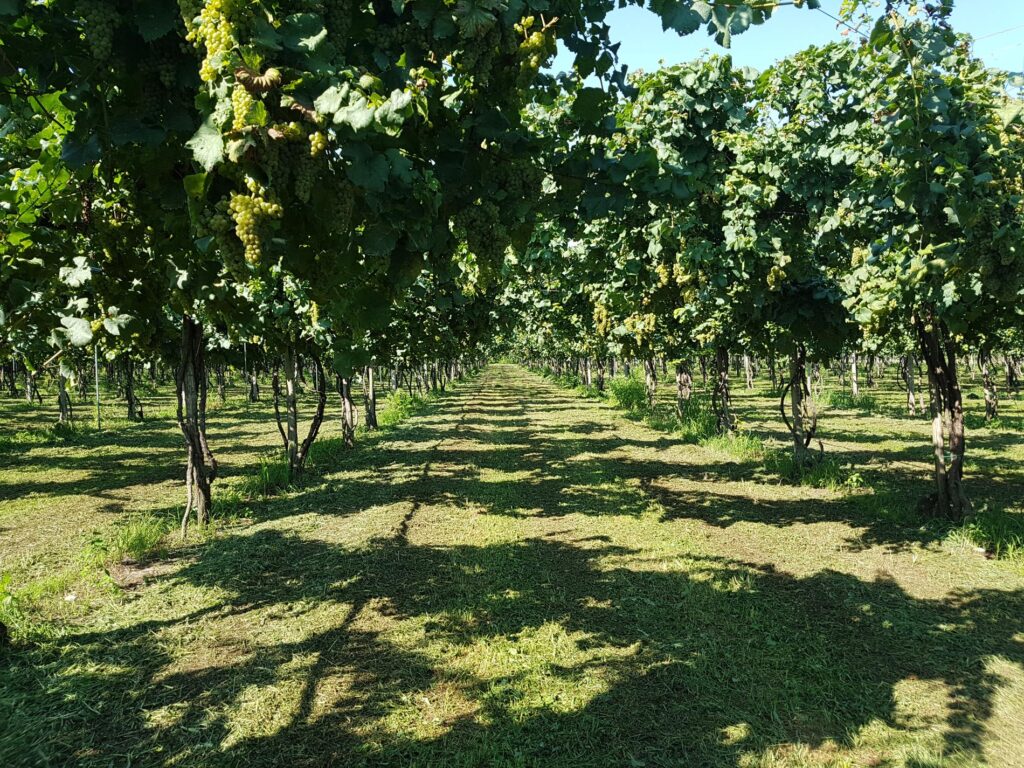When visiting the wine shops and restaurants across Veneto, in particular in the hills where the grapes for prosecco are grown, you will probably be offered to try at some point a prosecco col fondo – that is, a “prosecco with sediment”. This type of prosecco is particularly appreciated by certain niche producers and connoisseurs, but it is also making its way slowly but surely into the mainstream. But what does the term means? In short, it concerns a sparkling prosecco which has undergone its fermentation process in the bottle, also known as prosecco col fóndo, or “with sediment”; thus, it is characterised by a production process entirely distinct to that usually used for prosecco, one which brings about a unique and absolutely original flavour
Natural fermentation generates a unique flavour
As explained elsewhere in this blog, the Martinotti – Charmat method is the standard in prosecco winemaking: this means that fermentation takes place in large stainless-steel containers under pressure (in “autoclaves”). However, prosecco can also undergo a second fermentation process once bottled via the action of natural autochthonous yeasts present in the wine. In this case, the traditional champenoise method is used, named after the procedure used in the production of champagne. The only difference is that to produce prosecco col fondo the wine undergoes fermentation in the bottle without the sboccatura procedure, which involves the removal of the resulting sediment. Instead, the yeasts are left inside the bottle up until the moment of its opening and the wine being served. This peculiarity in the procedure produces a unique tasting wine: it confers a fragrance to the prosecco characterised by pleasant notes of yeast and fresh bread, and a fruity aroma of green apple. Sur lie fermentation – from the French for “on the sediment”, referring to the yeast deposits – means that no residual sugars remain in the prosecco as the yeasts transform all the sugars into alcohol and carbon dioxide.
How with what should this wine be served?
The remaining residues in prosecco col fondo mean that it is savoured cloudy, and agitating the wine allows its decisive character, conferred by the yeasts, to be enjoyed all the more. For those trying this wine for the first time, we would recommend decanting it in order to experience it dry and more limpid. The bottles are generally sealed by hand with crown corks, which makes them immediately recognizable. Considering that this wine involves a natural re-fermentation process, it is also possible to drink it aged, in contrast with other types of prosecco. Naturally fermented prosecco combines perfectly with appetizers and light first courses, and as an excellent accompaniment to fish dishes, although we would also recommend pairing it with meat courses, in particular with roasts.








